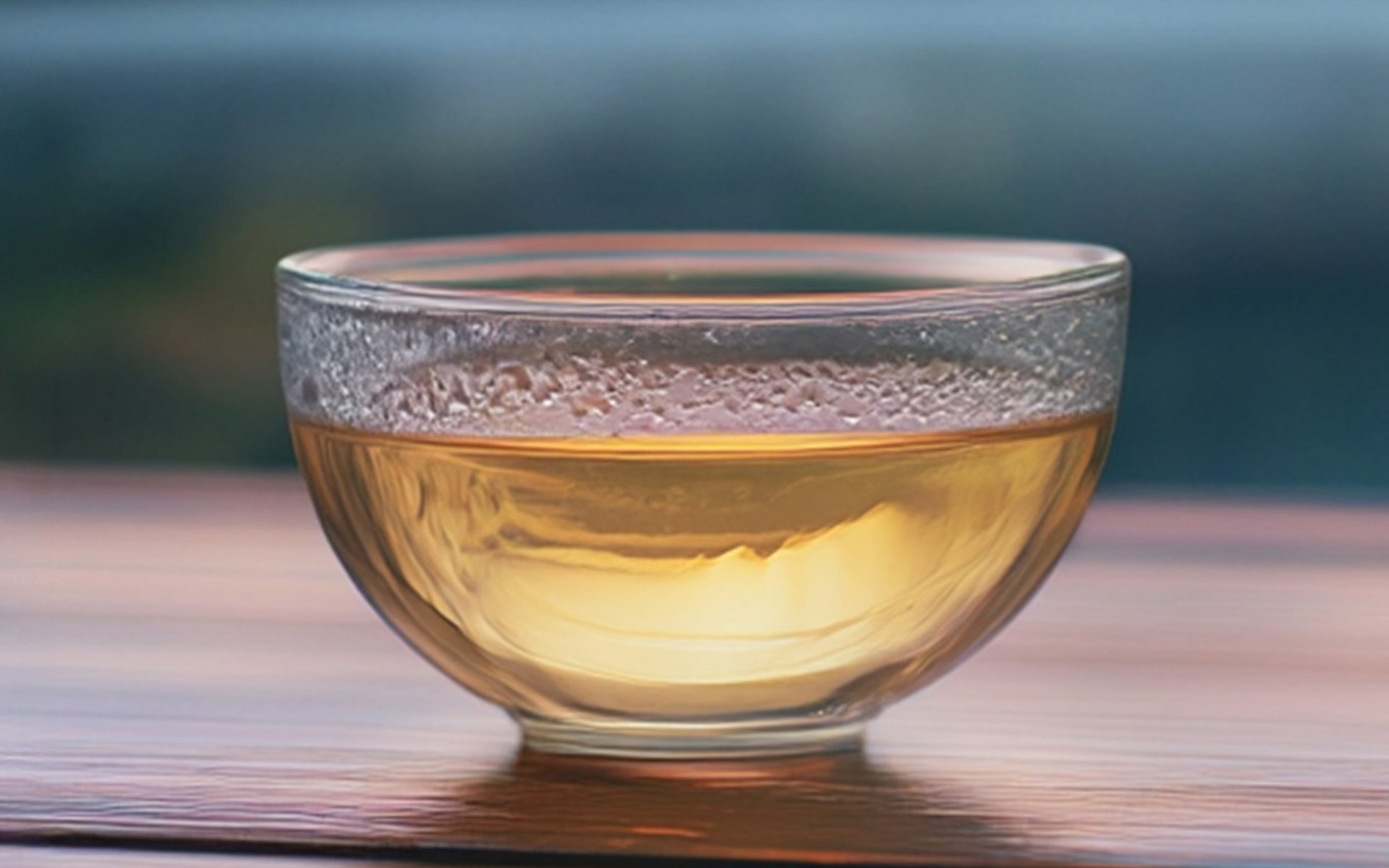Mirin

When talking about the unique essence of Japanese cuisine, one ingredient plays a crucial role in defining its distinctive flavor: Mirin (味醂), a sweet cooking wine that has been a cornerstone of Japanese food for centuries. Today, Rimping Supermarket invites you to delve into the history and diverse benefits of this important seasoning.
What is "Mirin"?
Mirin is a sweet cooking wine, similar to sake, but with a sweeter taste. It is sometimes referred to as sweet sake. Additionally, mirin has a lower alcohol content than sake due to a different fermentation process, with an alcohol level of approximately 14%, making it ideal for culinary use.
The Origin and Evolution of Mirin
The origin of mirin dates back to ancient Japan, specifically the Muromachi Period (1336-1573 AD). During this time, Japanese chefs were exploring various methods to create unique flavors for their dishes. They experimented with making a cooking wine by fermenting glutinous rice, koji, and alcohol (like shochu) together. This resulted in a low-alcohol, sweet-tasting wine perfect for cooking.
Later, during the Sengoku period, or "Age of Warring States" (1467-1615 AD), mirin gained increasing popularity as a primary seasoning, replacing sugar. This was because sugar was very scarce during the war. Consequently, after the war subsided, mirin became a widespread staple seasoning in Japanese households.
In the Edo Period (1603-1868 AD), mirin became popular among the upper classes as a valuable and expensive seasoning. It was used in a wide variety of Japanese dishes and sauces, from udon and ramen broth to sukiyaki, teriyaki sauce, and tempura sauce. It could also be used to marinate various meats, including seafood. This was because mirin enhances the deliciousness and unique flavor of food.
Furthermore, during the Edo period, mirin was also a popular sweet wine consumed as a beverage, particularly among women. It wasn't until the Meiji Period that mirin began to be seriously used solely for cooking and was no longer widely consumed as a drink.
The Production Process and Properties of Mirin
The production process of mirin involves three main ingredients: glutinous rice, koji (Aspergillus oryzae), and alcohol such as shochu. The glutinous rice and koji are combined and then fermented in alcohol for approximately 6-12 months.
During this fermentation process, the starches in the glutinous rice break down into sugars, giving mirin its rich, sweet flavor. This sweetness differs from that of regular sugar, which is why mirin is such a unique seasoning.
However, mirin is not only valuable for its taste but also for its ability to tenderize meats and vegetables when used in cooking. It also helps eliminate strong odors from fresh meats and seafood.
Mirin Today: Accessible and Diverse Types
In recent years, mirin production has evolved further. While traditional production methods still exist, industrial developments have led to new options for mass-producing mirin, making it more accessible to consumers worldwide. Today, mirin is popular in many countries, including China, Korea, Thailand, and European nations.
Furthermore, mirin has become more diverse to meet consumer demands. There are primarily three types:
- Hon Mirin (本味醂): This is true mirin, with an alcohol content of 14% and 0% salt. This type of mirin is made by fermenting and aging a mixture of three ingredients: steamed glutinous rice, koji, and shochu. The fermentation process takes approximately 40-60 days.
- Mirin-style condiments or Aji Mirin (味醂風調味料): These are cheaper alternative products with a similar taste to true mirin but contain 8-14% alcohol and 2% salt. They are made from starch or glucose syrup, water, alcohol, rice, and salt.
- Mirin-like condiment or Hakko Chomiryo (発酵調味料): This is a seasoned mirin with an alcohol content of less than 1% and less than 1% salt. It is made from starch, glucose syrup, and vinegar. It resembles true mirin but is cheaper because it is not subject to alcohol taxes.


